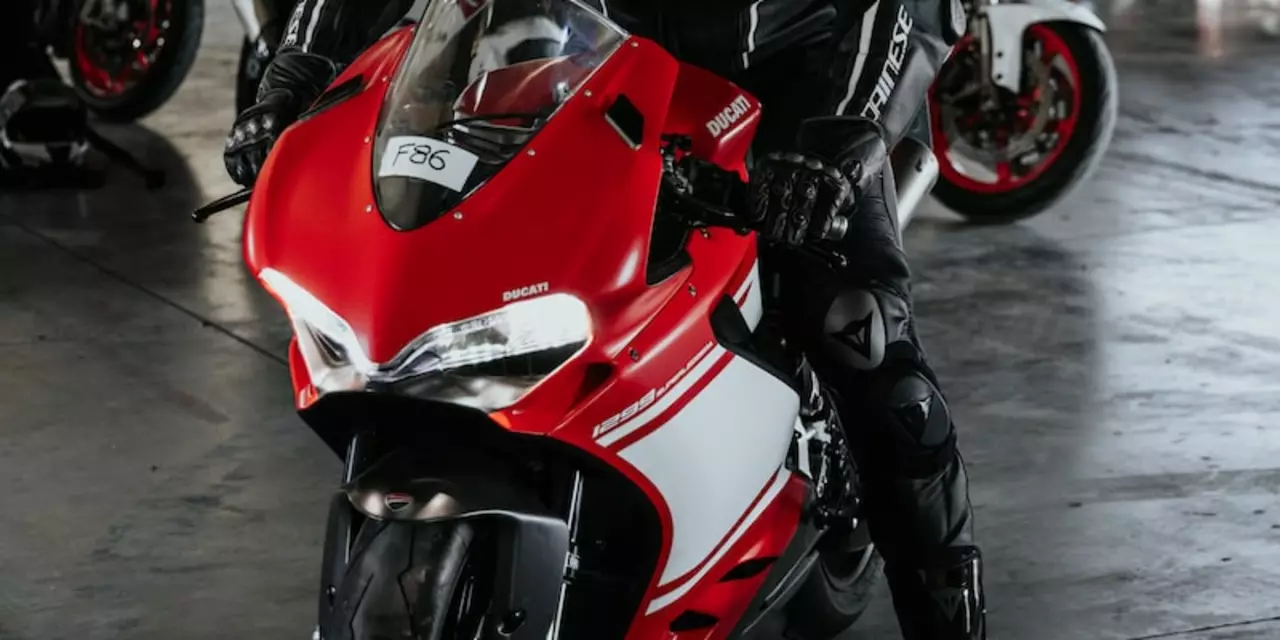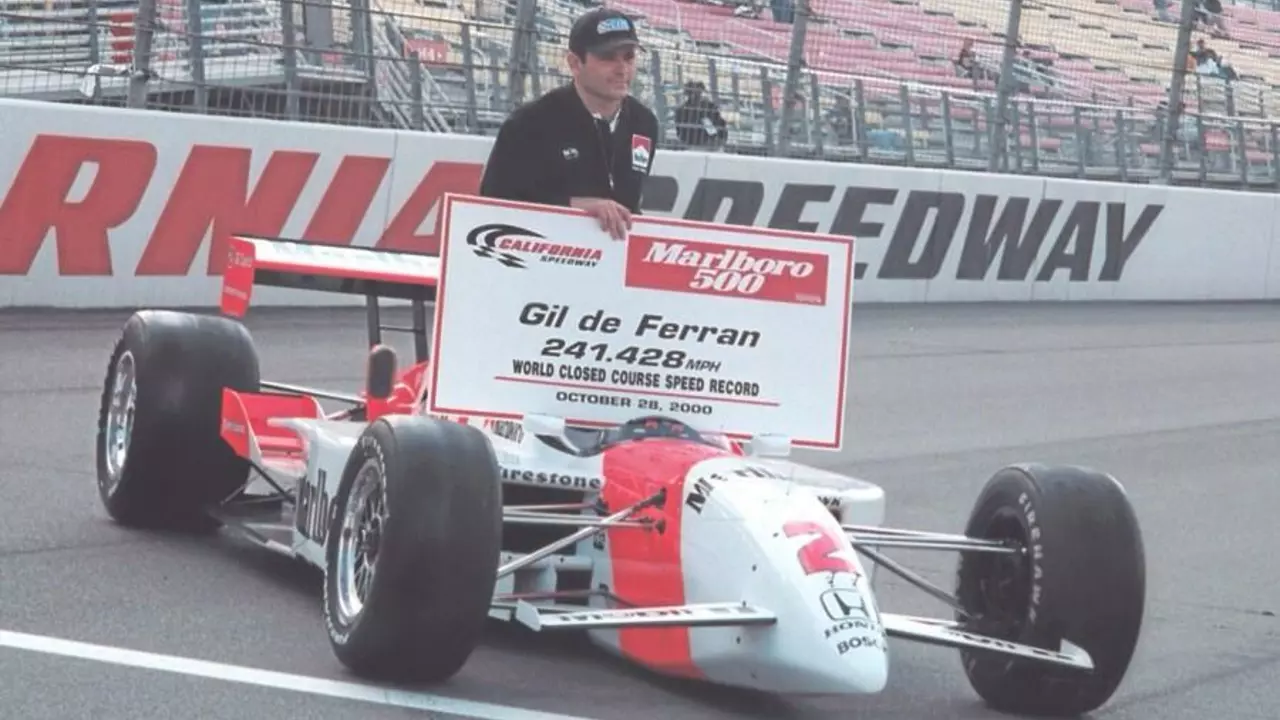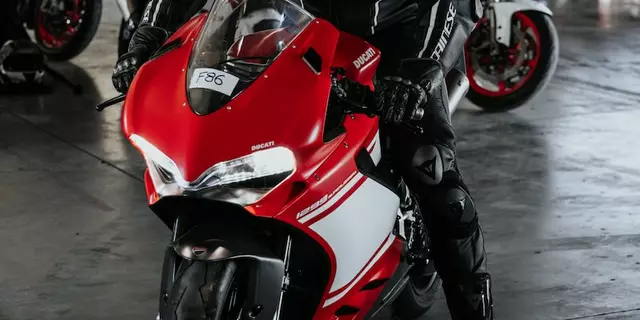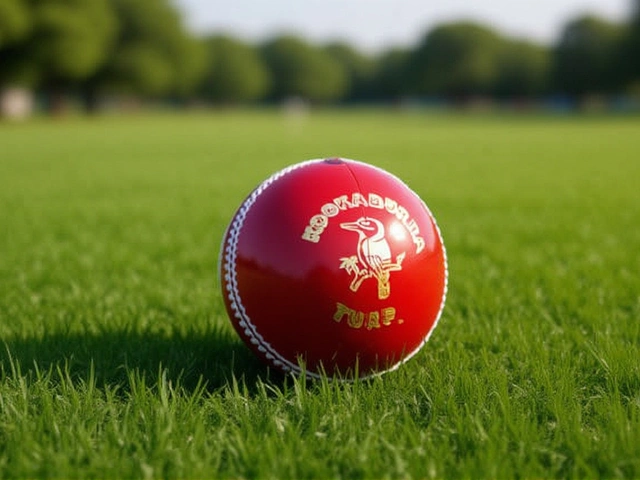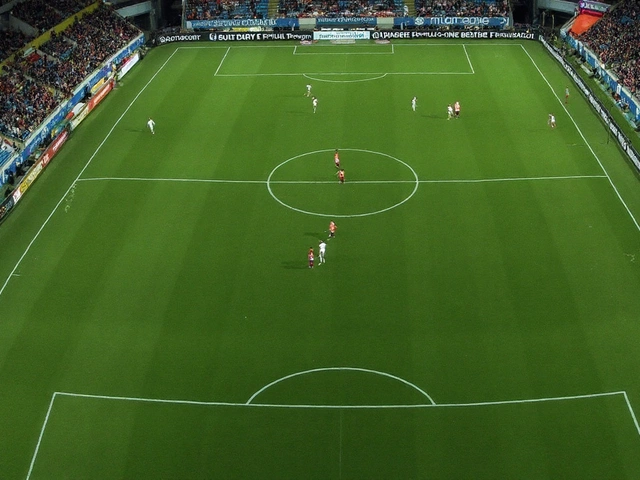Slipstreaming is a term used in MotoGP racing to describe the act of a rider drafting behind another rider to reduce drag and increase speed. This technique is used in order to gain an advantage on the track, allowing a rider to make a pass or gain a few extra tenths of a second. It is especially important in MotoGP where the difference between a first and second place finish can be just a few tenths of a second.
Slipstreaming is a complex concept that involves many different elements. The rider in the lead creates a “slipstream” in which the air is pushed away from the motorcycle, creating a vacuum behind it. The rider in the slipstream is then able to take advantage of this vacuum and ride in the wake of the leading rider, reducing drag and allowing the rider to gain speed.
The dynamics of slipstreaming in MotoGP are complex and involve many different factors. Wind direction and speed, the track surface, the rider’s weight, and the speed of the leading motorcycle all play a role in the effectiveness of slipstreaming. Additionally, the rider in the slipstream must be able to time their move perfectly and have the skill to stay in the slipstream for as long as possible.
Slipstreaming is an essential part of MotoGP racing, as it allows riders to gain an advantage on the track. Understanding the dynamics of slipstreaming is key to success in MotoGP, and riders must be able to effectively use this technique in order to come out on top.
Slipstreaming is a maneuver used by MotoGP riders to maximize their performance on the track. Put simply, it’s the process of using the air pressure and aerodynamics of the motorcycle ahead of you to reduce drag, allowing the rider to move faster and save energy. This is accomplished by riding just behind the bike in front of you, close enough to feel the pressure of the air coming off the rider.
Slipstreaming is a very common practice in MotoGP and is used by riders to gain an edge in the race. It’s a risky maneuver, as riders must stay within a few feet of the bike in front of them, and any slight miscalculation can result in a crash. However, when executed correctly, it can provide a significant boost in speed and reduce fatigue, allowing riders to make up ground on the competition.
Slipstreaming is also used in other forms of motorsport, such as Formula 1 and NASCAR, but in MotoGP it can be especially important. This is because the bikes are much lighter and more maneuverable, making it easier to stay close to the bike in front of you without sacrificing too much speed. Additionally, the tracks in MotoGP are often much narrower than those in other forms of motorsport, making it even more important to use slipstreaming to maximize performance.
Slipstreaming is a popular tactic used in MotoGP races. It involves a rider drafting, or following closely behind, another rider in order to gain a speed advantage. This is done by riding in the turbulent air created by the rider in front, reducing the air resistance, and allowing the rider to go faster. This technique can be used to overtake competitors and gain an advantage in the race.
The benefits of slipstreaming in MotoGP are clear - it can help riders to overtake their opponents and gain an edge in the race. However, there are some risks associated with this tactic as well. One risk is that the rider in front may be able to sense that they are being slipstreamed, and may make a sudden move to block the rider behind. Another risk is that the rider behind may lose control due to the turbulence, resulting in an accident. Riders must be aware of the risks associated with slipstreaming and be prepared to react accordingly.
Slipstreaming is an important tactic in MotoGP races, and can be used to gain a competitive edge. However, it is important to be aware of the risks associated with this tactic and to be prepared to react accordingly. With practice and experience, slipstreaming can be a valuable tool for riders to use in order to improve their performance.
Slipstreaming is an essential part of MotoGP racing. It involves using the aerodynamic draft created by the leading rider to gain an advantage. The technique can be used to overtake riders ahead, to gain crucial seconds in the race and even to break away from the pack. To master this art, there are some important tips to keep in mind.
1. Understand the Dynamics of Aerodynamics
Slipstreaming works by taking advantage of the aerodynamics of the leading rider. The air that is displaced by the leading rider creates a vacuum behind them, which allows for the rider in the slipstream to catch up. To master the art of slipstreaming, it is important to understand how the aerodynamics of the bike work and how to use it to your advantage.
2. Find the Right Position
Once you understand the dynamics of aerodynamics, you need to find the right position on the track to slipstream. This means finding the right spot behind the leading rider where the aerodynamic drag is the least. This spot can be found by looking for areas where the air is most turbulent. Once you find the right spot, you can use the slipstream to gain an advantage over the leading rider.
3. Use the Slipstream Effectively
Once you have found the right spot, you need to use the slipstream effectively. This means being aware of the leading rider’s movements and adjusting your position accordingly. If the leading rider moves to the left, you should move to the left to maintain the slipstream and take advantage of the aerodynamic drag. The same goes for if the leading rider moves to the right – you should adjust your position to maintain the slipstream.
4. Know When to Make Your Move
Finally, you need to know when to make your move and overtake the leading rider. The best time to make your move is when you are in the slipstream and the leading rider is slowing down. This will give you the greatest advantage and allow you to overtake the leading rider and gain a crucial advantage in the race.
By mastering the art of slipstreaming in MotoGP, you can gain a significant advantage over other riders and take your racing to the next level. With the right knowledge and technique, you can use the slipstream to become a better rider and gain an edge in the race.
MotoGP is a thrilling motorsport, and one of the key elements of its excitement is the technology of slipstreaming. Slipstreaming is a term used to describe a method of racing where a rider uses the aerodynamic wake of another rider to gain speed. By drafting behind another rider, a rider can use their slipstream to increase their speed and overtake them in the race.
To understand the science behind slipstreaming, it’s important to understand the concept of air resistance. Air resistance is the force of air that pushes against a rider and their motorcycle as they move through the air. When a rider is in front of another rider, the air resistance created by the first rider’s movement is greater than the air resistance created by the second rider. This means that the second rider can take advantage of the aerodynamic wake created by the first rider and use it to gain speed.
Slipstreaming is a key element of MotoGP racing and can be used to great effect. By drafting behind another rider and using their slipstream, a rider can gain a significant amount of speed and overtake them in the race. The key is to time the move correctly and make sure that the rider you are drafting behind is not too far ahead. If they are too far ahead, the slipstream will not be effective and the rider will not be able to gain any speed.
Slipstreaming is a thrilling element of MotoGP racing, and understanding the science behind it can help a rider to gain an edge in the race. By taking advantage of the slipstream created by another rider, a rider can gain a significant amount of speed and overtake them in the race.
